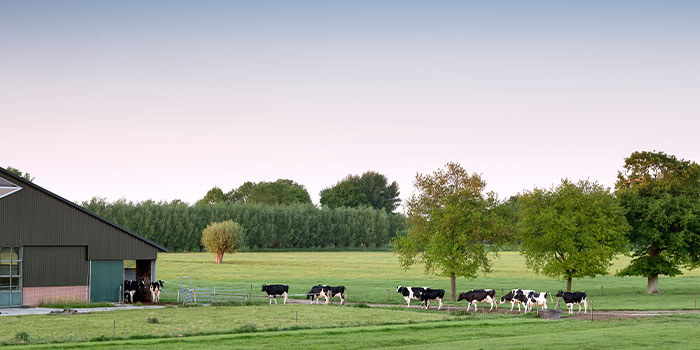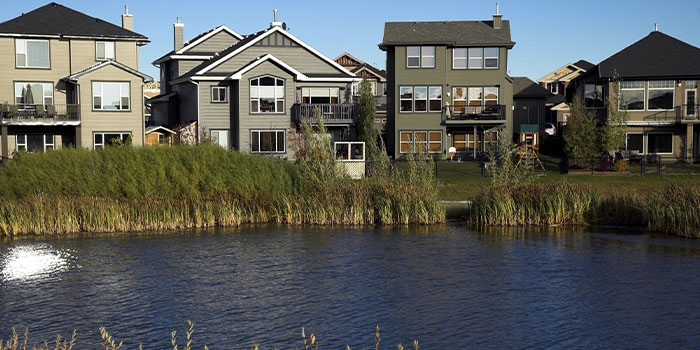Our Environmental Site Assessment Approach
Certainly, we are pleased to present examples of our environmental site assessment work. Above all, these examples highlight our commitment to understanding each property’s unique characteristics and history. Likewise, we carefully review regulatory records, conduct thorough site visits, and interview property stakeholders to clarify any potential environmental risks. In the same vein, the selected projects illustrate our process for identifying concerns on cultivated land, residential, commercial, and industrial sites. As a result, you will see how our Phase I ESAs play a critical role in ensuring that properties remain safe, compliant, and ready for their intended uses.
Looking to start a project? Call us today!

Cultivated Land Projects
Cultivated land that has been re-zoned for other land uses, vacant land within an urban area, or vacant land to be redeveloped. For instance, one of our Phase I ESAs focused on cultivated land with a residential property on-site. That is to say, we conducted regulatory searches and did not identify any concerns. However, during the site visit, we noted an area of imported fill of unknown origin. Therefore, a Phase II ESA was subsequently recommended. Most importantly, this example shows that even the most innocuous-looking property may possess areas of environmental concern.

Residential Properties Re-Zoned for Other Uses
Single homes re-zoned for office use, multi-tenant apartment or condominium buildings, and derelict residential properties prior to redevelopment. For example, a Phase I ESA was completed on a multi-building, multi-tenant residential property that identified a historic gas station close to the site. Consequently, a Phase II ESA was recommended and completed. In the same vein, this highlights the importance of identifying historic land uses on properties close to a site.

Commercial Property Assessments
Single and multi-tenant office buildings, retail sites, and other commercial properties. In one instance, we completed a Phase I ESA on a former vehicle dealership and identified on-site concerns. Subsequently, a Phase II ESA was recommended and completed, revealing contaminated soil within the site building. Above all, the source of the contamination was the commonly practiced disposal of waste oil and solvents into an on-site sump. In other words, this underscores the need to identify historic site operations and practices during assessments.

Industrial Facility Evaluations
Single and multi-tenant industrial buildings range from individual units to larger complex industrial sites. Similarly, we conducted a Phase I ESA on a manufacturing facility that noted significant on-site chemical storage and use. At first, this raised concerns. However, after a thorough interview with the client and a careful review of site operations and storage practices, we determined that no further work (Phase II ESA) was necessary. Certainly, this example highlights the need for understanding site operations, especially where chemical use, storage, and disposal are concerned.
